Károly Hornig paid special attention to the improvement of the library. He occupied his episcopal see in 1888 and he was promoted to a cardinal by pope Pius X in 1912.
One of his first activities after occupying his seat was to hand over the furniture of the Sümeg library to the Museum of Applied Arts in order to keep its integrity. However the books went from Sümeg to Veszprém.
His booksellers in Vienna and Budapest kept him informed about the news of the book market. His library includes Hain’s incunable catalogue, Károly Szabó’s Régi Magyar könyvtár [Old Hungarian Library], Sándor Apponyi’s "Hungarica, magyar vonatkozású külföldi nyomtatványok" [Hungarica, foreign prints of Hungarian reference], Petrik’s bibliographies and he subscribed to the Magyar Könyvszemle [Hungarian Book Review]. He was keen on collecting Vesprimienses, i.e. pieces that were printed in Veszprém, written about Veszprém or by Veszprém authors. The first Hungarian Catholic theological periodical – Egyházi Értekezések és Tudósítások [Ecclesiastical Tractates and Reports] – was edited and published in Veszprém by prebendary János Horváth, the future bishop of Székesfehérvár. He was especially interested in the literary and scientific work of the priests of the diocese and carefully collected their writings. He promoted the Hungarian and foreign scientific research with a visible result: 4 bulky volumes of “Monumenta Romana episcopatus Wesprimiensis” [Roman charters of the episcopate of Veszprém]. He himself publishes Bishop Márton Padányi Biró’s diary. The periodical stock of his library is also rich. Including: Nyelvtudományi Közlemények [Linguistic Publications], Irodalomtörténeti Közlemények [Literary History Publications], Magyar Nyelv [Hungarian Language], Magyar Nyelvőr [Hungarian Language Guard], Katolikus Szemle [Catholic Review], Magyar Kultúra [Hungarian Culture], Magyar Sion [Hungarian Zion], Religió [Religion], which he also edited from 1873 to 1878-ig, finally Századok [Centuries]. His library includes 4 incunable, 12 works from the 16th century and 38 works from the Old Hungarian Library series.
From the Old Hungarian Library series his library includes the Vienna edition of Káldi’s Hungarian language Bible from 1626 and the Venice edition of the Esztergom Missale from 1512. An interesting fact about the latter: primate Simor’s note in which he donates the missal to Nándor Knauz, his librarian and archivist in 1869. Next is Hornig’s note stating that he bought this work for 400 golden forints from antiquarian Dobrovszky after Knauz’s death in 1899. He himself did all the work related to his library and books. The stock was taken in the inventory after his death, and it included 17346 volumes. This large stock forms the backbone of the Episcopal/Archiepiscopal Library.
